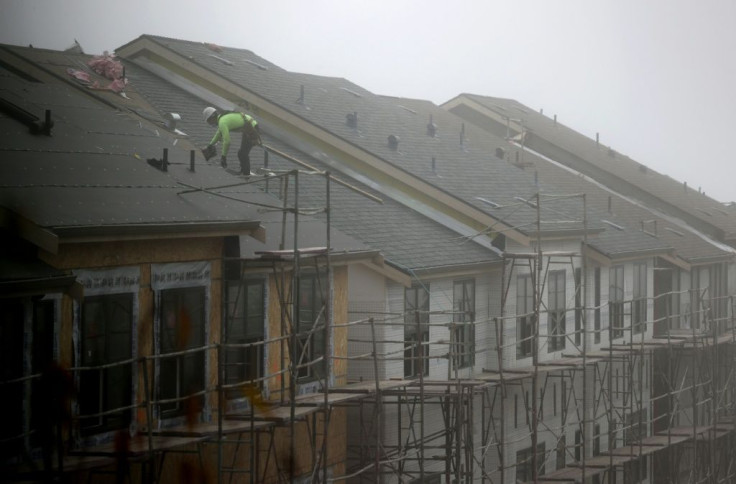Pending Home Sales Fall 2.2% As Supply-Demand Problems Drive Up Prices

Pending home sales missed expectations and fell in November from October, a sign that the housing market is finally cooling.
On Wednesday, the National Association of Realtors (NAR) released data that showed pending home sales dropped by 2.2% last month. Pending sales had fallen 2.7% for the same period of 2020.
Analysts had expected a 0.8% increase in sales, according to Bloomberg consensus estimates.
Lawrence Yun, NAR’s chief economist, explained this decline as a supply and demand imbalance that has made buyers less keen to buy now because of higher prices.
"There was less pending home sales action this time around, which I would ascribe to low housing supply, but also to buyers being hesitant about home prices," said Yun. "While I expect neither a price reduction, nor another year of record-pace price gains, the market will see more inventory in 2022 and that will help some consumers with affordability."
The Pending Home Sales Index (PHSI), a forward-looking indicator of home sales based on contract signings, fell 2.2.% to 122.4 in November. Year-over-year, signings slid 2.7%. #NARPHS
— NAR Research (@NAR_Research) December 29, 2021
High demand for housing has driven up prices for homes, but global supply chain bottlenecks have pushed up prices for home construction materials. A shortage of workers that began before the COVID-19 pandemic also has left home developers short-handed, pushing prices up further.
There have been declines across the country with the highest drop in sales in the Northeast, where pending home sales fell by 8.5%, followed by the Midwest where they slid by 6.3%.
On Tuesday, the S&P CoreLogic Case-Shiller 20-city home price index released showed that prices shot up in October. Prices for November have yet to be released.
© Copyright IBTimes 2024. All rights reserved.





















